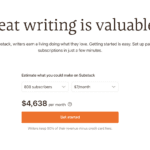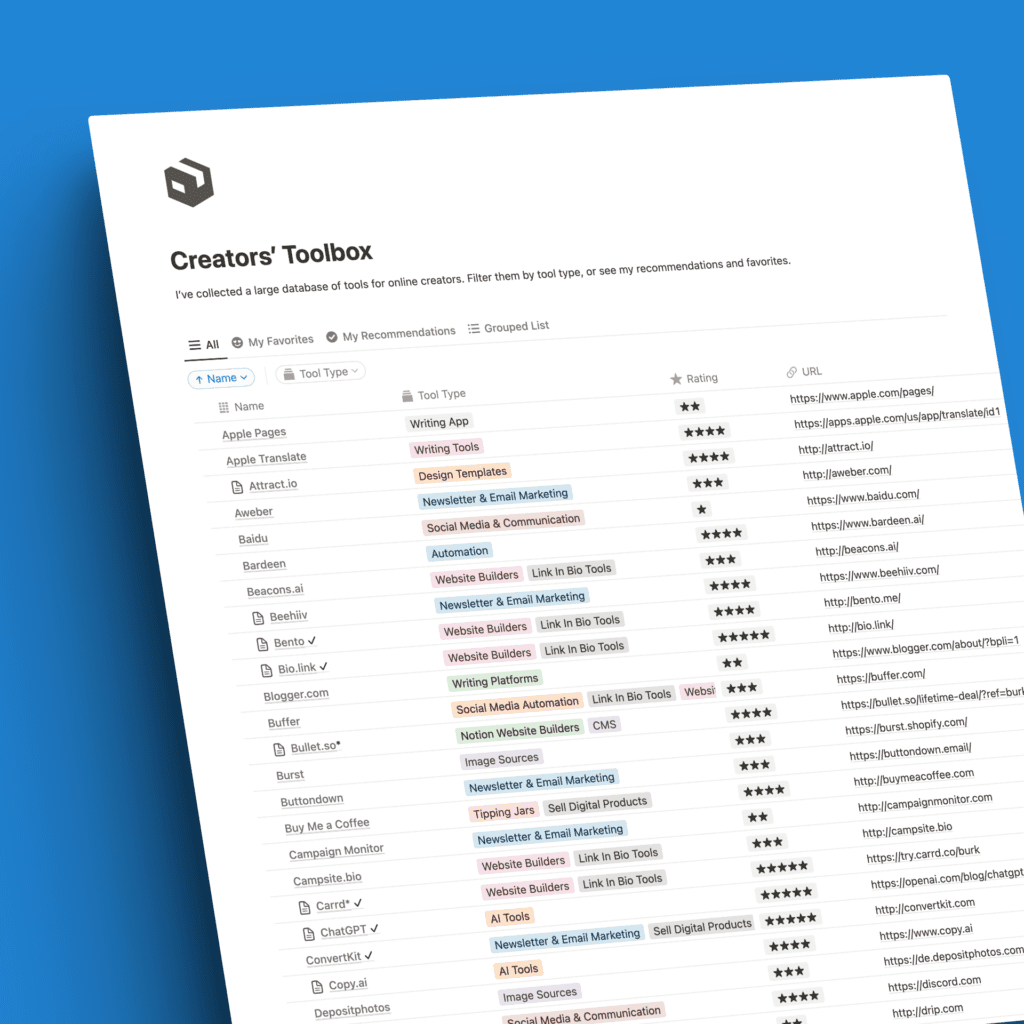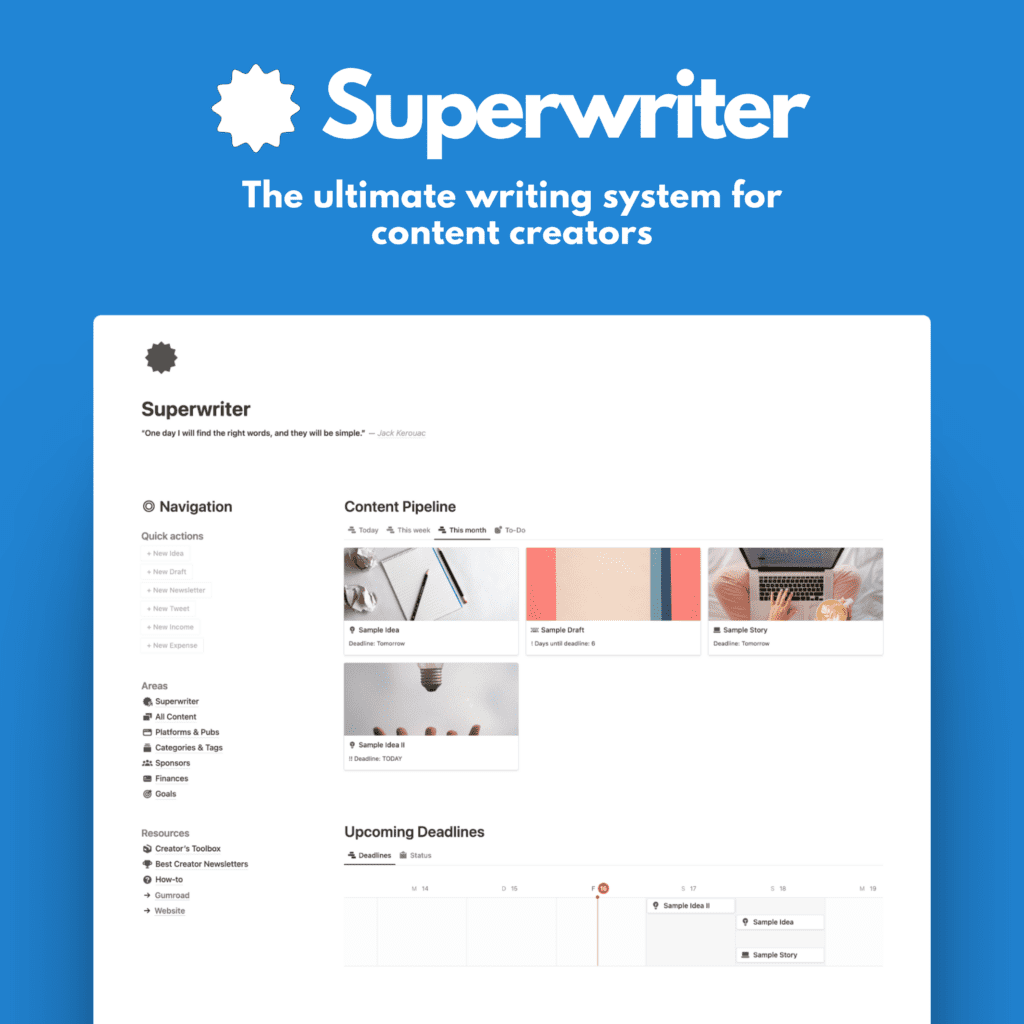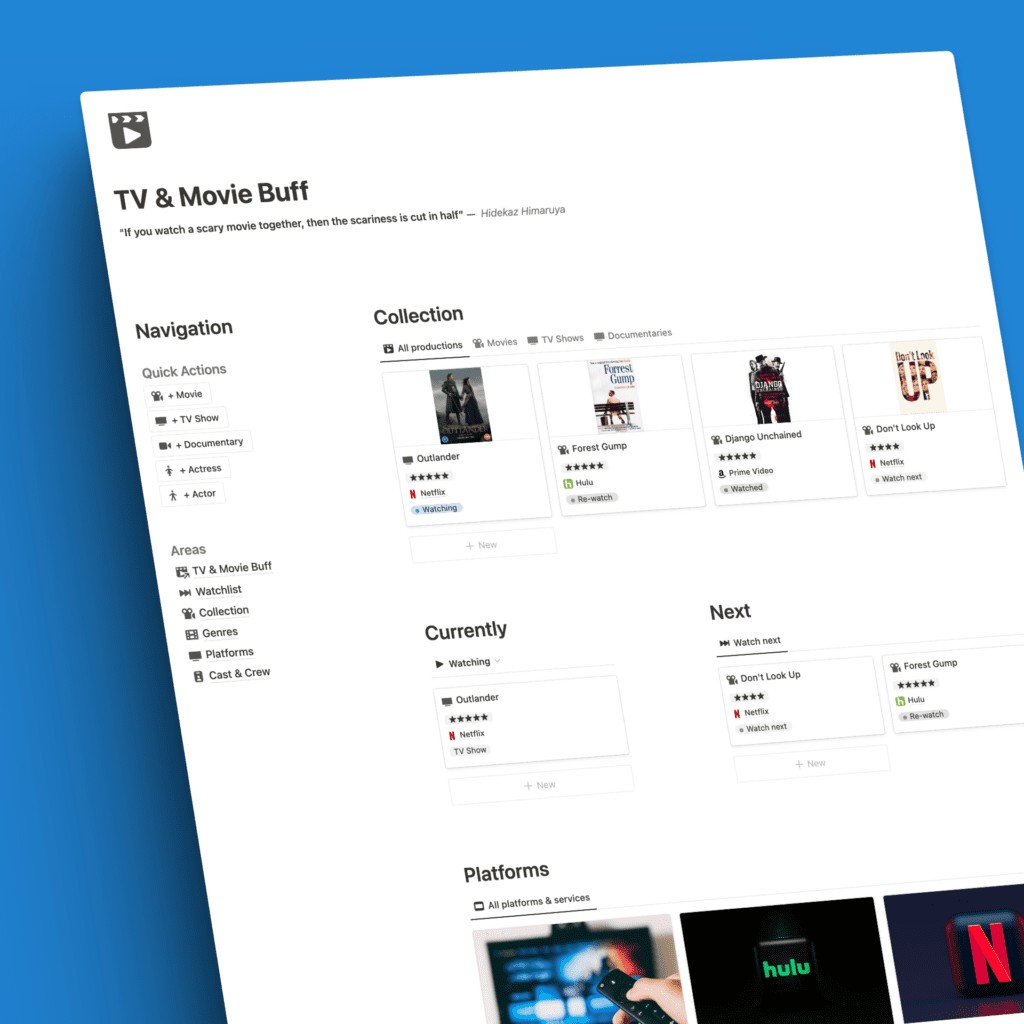Email marketing has proven to be an indispensable tool for young online content creators, providing a direct line of communication with their audience. For writers, bloggers, and newsletter creators, leveraging email marketing not only establishes a personal connection but also opens up avenues for monetization and long-term relationship building. In this extensive guide, we will delve into the intricacies of email marketing, covering everything from the importance of newsletters to advanced strategies for turning subscribers into loyal fans and even paid supporters.
Section 1: Why Email Marketing Matters
The Personal Touch of Newsletters
“The inbox is the first and last thing people check every day. If your messages are important enough, people will make it a habit to check their inboxes for your updates.” – Neil Patel
Email marketing provides a unique opportunity to establish a personal connection with your audience. Unlike social media platforms with algorithms that may limit your reach, emails land directly in the inbox, offering a more intimate and direct line of communication.
Building a Long-Term Relationship
“Email has an ability many channels don’t: creating valuable, personal touches – at scale.” – David Newman
Email marketing allows you to nurture a long-term relationship with your audience. By consistently delivering valuable content, you can build trust and credibility, transforming casual readers into dedicated fans.
Example: An Engaging Welcome Email Series
Crafting a compelling welcome email series can set the tone for your relationship with new subscribers. Consider sending a series of emails that introduce your brand, share your best content, and encourage subscribers to interact, creating a welcoming onboarding experience.
Section 2: How to Start with Email Marketing
Choosing the Right Email Marketing Platform
Selecting the right platform is crucial. Here’s a short ranking of my favorite platforms:
- ConvertKit*: Known for its user-friendly interface and robust automation features, ConvertKit is ideal for creators looking to scale their email marketing efforts.
- Beehiiv: A versatile platform suitable for beginners, Mailchimp offers a free plan and a range of features and two great paid plans, making it an excellent choice for those just starting.
- Substack* provides easy-to-use tools for writers, making it a great option for content creators who want a straightforward approach for free.
Setting Up Your First Newsletter
Pro Tip: Craft a compelling welcome email that introduces your brand, sets expectations, and encourages engagement.
Create a seamless onboarding experience for new subscribers by providing a clear value proposition and inviting them to explore your best content.
Section 3: The Biggest Benefits of Email Marketing
Direct Access to Your Audience
“The best way to predict the future is to create it.” – Peter Drucker
Email marketing grants you direct access to your audience without intermediary algorithms. This direct connection is invaluable for promoting your latest blog post, sharing exclusive content, or even conducting surveys to understand your audience better.
Monetization Opportunities
Pro Tip: Consider affiliate marketing, sponsored content, or selling your own products/services directly through your email campaigns.
Email marketing opens up various monetization avenues. As your list grows, so do opportunities for partnerships, sponsorships, and turning subscribers into paying customers.
Example: Successful Monetization through Email Marketing
Consider creating exclusive content for your subscribers and offering it at a premium. Platforms like Patreon or Substack allow you to set up paid subscriptions, turning your engaged audience into a sustainable income source.
Section 4: How to Build an Engaged Email List
Creating Compelling Opt-in Incentives
“The money is in the list, but the fortune is in the relationship with your list.” – Adrian Morrison
Offer incentives like exclusive content, downloadable resources, or special discounts to encourage visitors to subscribe. This not only grows your list but attracts subscribers genuinely interested in your content.
Leveraging Social Media and Website
Pro Tip: Prominently feature your newsletter sign-up on your website and share snippets of your newsletters on social media to drive sign-ups.
Integrate your email marketing efforts with your online presence. Utilize call-to-action buttons, pop-ups, and social media posts to funnel your existing audience into your email list.
Example: Creative Opt-in Incentives
Consider creating a valuable lead magnet such as an e-book, a comprehensive guide, or access to an exclusive webinar. This not only incentivizes sign-ups but also positions you as an authority in your niche.
Section 5: How to Write Great Subject Lines
Crafting Intriguing Subject Lines
“Your email list is like a garden. It requires careful attention, strategic nurturing, and constant care.” – Unattributed
Subject lines are the gateway to your content. Craft compelling and concise subject lines that evoke curiosity, urgency, or solve a problem, enticing your subscribers to open and engage with your emails.
Personalization and Segmentation
Pro Tip: Use recipient’s names and segment your list based on demographics or behavior for more personalized subject lines.
Personalization enhances engagement. Leverage segmentation based on subscriber behavior to tailor subject lines that resonate with specific groups within your audience.
Example: Subject Line Personalization
Instead of a generic subject line like “Weekly Newsletter,” try personalizing it based on subscriber behavior. For instance, “Your Exclusive Weekly Writing Tips” or “Unlock Your Special Discount Inside.”
Section 6: How to Segment Lists
Understanding Your Audience
“People don’t buy what you do; they buy why you do it.” – Simon Sinek
Segmentation involves categorizing your audience based on various criteria such as demographics, location, or engagement level. This enables you to send targeted content that resonates with specific segments, increasing overall engagement.
Automation and Drip Campaigns
Pro Tip: Set up automated drip campaigns to nurture leads, re-engage inactive subscribers, and provide a seamless user experience.
Automation streamlines your email marketing efforts. Drip campaigns allow you to send a series of pre-scheduled emails, guiding subscribers through a journey that aligns with their interests and behavior.
Example: Behavior-Based Segmentation
Segment your audience based on their interactions with your content. For instance, create segments for frequent readers, those who have made a purchase, or subscribers who need re-engagement. Tailor your campaigns accordingly.
Section 7: How to Use Email Automation
Nurturing Relationships at Scale
“Automation does not take jobs away, it creates jobs. Automation creates the need for individuals who can design, implement, and maintain automated processes.” – Satya Nadella
Email automation is a powerful tool to nurture relationships at scale. Automate welcome emails, educational series, and promotional campaigns to deliver targeted content without constant manual intervention.
Analyzing and Adjusting
Pro Tip: Regularly analyze your automation workflows and adjust them based on subscriber behavior and feedback.
Continuously monitor the performance of your automated campaigns. Use analytics to identify what works and refine your automation strategy accordingly.
Example: Sequential Email Automation
Imagine a new subscriber receives a welcome email, followed by a series of educational emails introducing them to your best content. Based on their interactions, the automation may then branch into different paths, offering personalized recommendations.
Section 8: How to A/B Test
Optimizing for Success
“The aim of marketing is to know and understand the customer so well the product or service fits them and sells itself.” – Peter Drucker
A/B testing involves comparing two versions of an email to determine which performs better. Test different elements such as subject lines, content, or calls-to-action to optimize your emails for maximum impact.
Iterative Improvement
Pro Tip: A/B testing is an ongoing process; regularly experiment with new variables to improve your email marketing strategy.
Use the insights gained from A/B testing to iteratively improve your email campaigns. Over time, refine your approach based on what resonates most with your audience.
Example: A/B Testing Subject Lines
Send two versions of the same email to a small subset of your list with different subject lines. Analyze open rates to determine which subject line resonates more, and then use the winning version for the remainder of your list.
Section 9: How to Turn Subscribers into Loyal Fans
Fostering Community
“The strength of the team is each individual member. The strength of each member is the team.” – Phil Jackson
Encourage interaction and feedback from your subscribers. Create a sense of community by responding to comments, asking for opinions, and involving your audience in decision-making processes.
Exclusive Content and Offers
Pro Tip: Provide exclusive content or offers to your email subscribers, making them feel like valued members of an exclusive club.
Offering exclusive content or limited-time promotions creates a sense of exclusivity, motivating subscribers to stay engaged and look forward to your emails.
Example: Community-Driven Content
Consider creating a segment of your newsletter dedicated to showcasing subscriber contributions, such as reader spotlights, responses to prompts, or featured user-generated content. This not only fosters community but also provides unique, engaging content.
Section 10: How to Turn Subscribers into Paid Subscribers
Premium Content and Memberships
“Price is what you pay. Value is what you get.” – Warren Buffett
Introduce premium content or membership options for your most dedicated subscribers. Offer additional value, such as in-depth articles, exclusive access to events, or early access to new releases, in exchange for a subscription fee.
Transparent Communication
Pro Tip: Be transparent about the benefits of paid subscriptions and how they directly support the creation of free content for all subscribers.
Clearly communicate the value proposition of paid subscriptions. Highlight how the financial support contributes to the sustainability of your content creation, fostering a sense of community responsibility among your audience.
Example: Tiered Subscription Models
Implement tiered subscription options, each offering different levels of access. For example, a basic tier might include exclusive content, while a premium tier could offer personalized interactions, Q&A sessions, or behind-the-scenes access.
Conclusion
In the ever-evolving landscape of online content creation, email marketing remains a steadfast pillar for connecting with your audience, building relationships, and monetizing your passion. As a young online content creator, mastering the art of email marketing is not just a skill; it’s a strategic advantage that can propel your brand to new heights. Embrace the power of personalized communication, nurture your community, and watch as your subscribers transform into loyal fans, advocates, and even paid supporters. The journey begins with that first newsletter, so seize the opportunity to start and master email marketing today. Happy creating!








